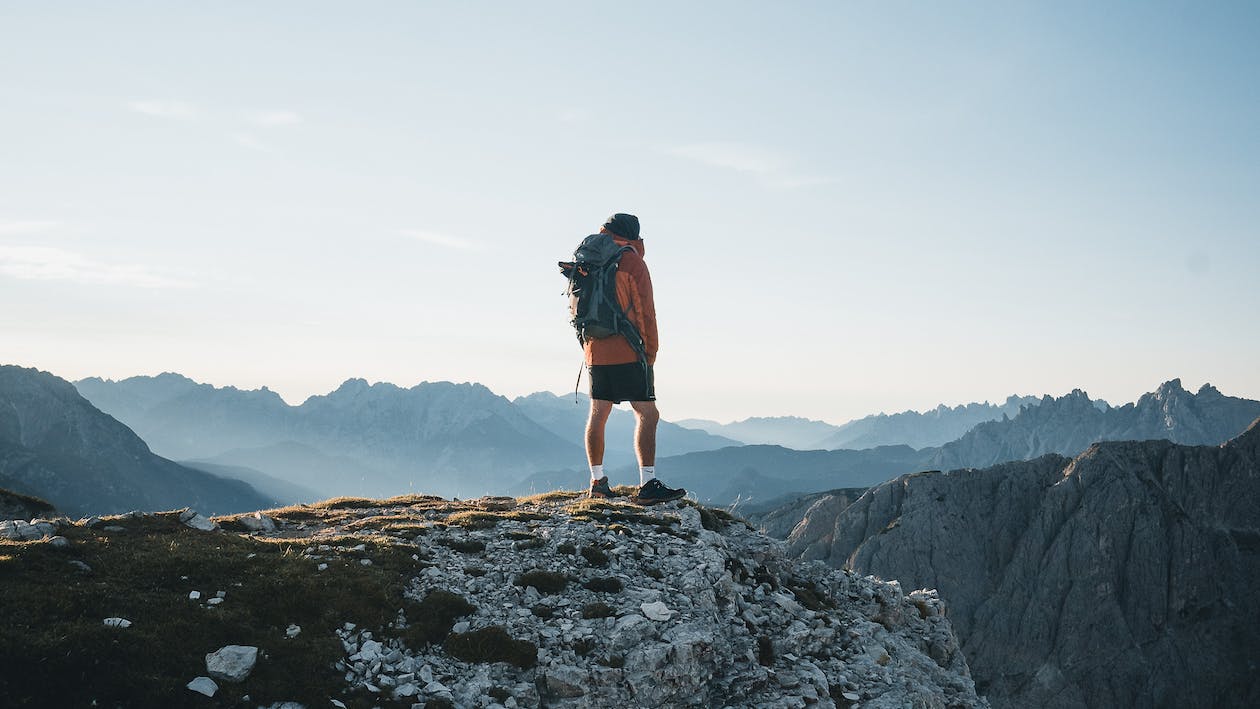Location:Tanzania
Elevation:5896m
Standing with pride as the highest peak in Tanzania, Africa, Kilimanjaro is also known as the world’s tallest freestanding mountain at 5895 meters. Each year, nearly 3000 people climb this place of myth and folklore found 200 miles (325 km) from the equator. The mountain defies logic with its ice crown.
It is the easiest to climb among the Seven Summits, but perhaps the most majestic, standing tall and sentinel surrounded by Tanzania’s hot, dry plains.
An expedition to this mountain is an authentic smorgasbord of the African culture and sights, providing a fabulous excuse to visit this wild continent.
How long is the climb?
Some people would love to spend for over a week, but it’s recommendable just to spend seven days or better a few days because it’s too dangerous to try and go to nearly 6000 meters in any less time. Spending a longer time at the mountain poses some risks to health from potential altitude sickness.
The different routes to the peak usually take 5 to 9 days at most to complete the expedition. Although it is simply known as the “walk-up mountain”, do not underestimate its risks. Meanwhile, statistics show that more than half of the climbers reach the summit of Kilimanjaro.
Below are the Kilimanjaro success rates as reported by Kilimanjaro National Park (2006):
All climbers, all routes 45%
All climbers, all 5 day routes 27%
All climbers, all 6 day routes 44%
All climbers, all 7 days routes 64%
All climbers, all 8 day routes 85%
All climbers, all 9 day routes (no data)
Besides these considerations, you will also be spending at over USD 100.00 per day permit, so each day means an added cost to that initial permit cost.
Some prefer to start at Moshi airport and go straight to the mountain, but you can have your acclimatization on Mount Meru or even Mount Kenya.
When is the best time to climb
If you choose to climb Kilimanjaro, better do it sometime in the warmest and driest times of the year, from December to mid-March and mid-June to the end of October with an average temperature 22 degrees Celcius in Moshi and summit temperatures around – 7 degrees Celcius.
The rains come in April, May, and November, but recently due to climate change, weather changes, and the rain sometimes come earlier or later than the usual season.
One of the most popular time to climb is on a full moon or a new moon climb to Kilimanjaro. Being situated on the equator, the expedition will be lighted by the silvery moon. You can also see from the peak the North Star and the Southern Cross in the same sky.
However, expect a busier night in the mountain at a full moon. A lot of people leave the camp at the same time and initially creating a bottleneck.
Month 2020 New Moon 2020 Full Moon
Jan 25 10 6 21 Super Full Moon
Feb 23 9 5 19 Super Full Moon
March 24 9 6 21 April 23 8 5 19 May 22 7 5 19 June 21 5 3 17 July 20 5 2 17 Partial Lunar Eclipse
Aug 19 3 1 &30 15
Sept 17 2 28 14
Oct 16 2 &31 28 14
Nov 15 30 26 12
Dec 14 30 26 12
Other notable dates:
Valentine’s Day Summit: Arrive Tanzania on the 7 February
New Year’s Eve / Day Summit: Arrive Tanzania on the 25 December
Main Routes
People from all walks of life can climb Kilimanjaro because it does not require technical skills or special climbing equipment. Just make sure you are physically fit and determined. Even as young as a 7-year-old kid to an 80-year-old man can visit the summit at any chosen time of the year.
Selecting a route best suited for a climber is a crucial point for the entire expedition. One must consider the route’s difficulty, scenery, foot traffic, and acclimatization characteristics. There are seven established routes, namely: Marangu, Machame, Lemosho, Shira, Rongai, Northern Circuit, and Umbwe.
From the southern area of the mountain, are the Marangu, Machame, and Umbwe, and the Lemosho, Shira, and Northern Circuit routes approach from the west. The Rongai route approaches from the north.
Weather
Warm early days can have a temperature of 18 – 20 degrees Celsius, but cooler days come at around 14 degrees C and summit day to be as cold as -5 with a windchill of -15 degrees C.
The mountain maintains the same temperature range from season to season throughout the year, but it only varies on the altitude and the time of the day.
In just the same day, it can be wet, cold, hot, and dry. It’s humid and warm at the rainforest area around the base, and it’s drier and cooler at the moorland and the alpine desert. In contrast, of course, in the arctic region is very cold and windy.

